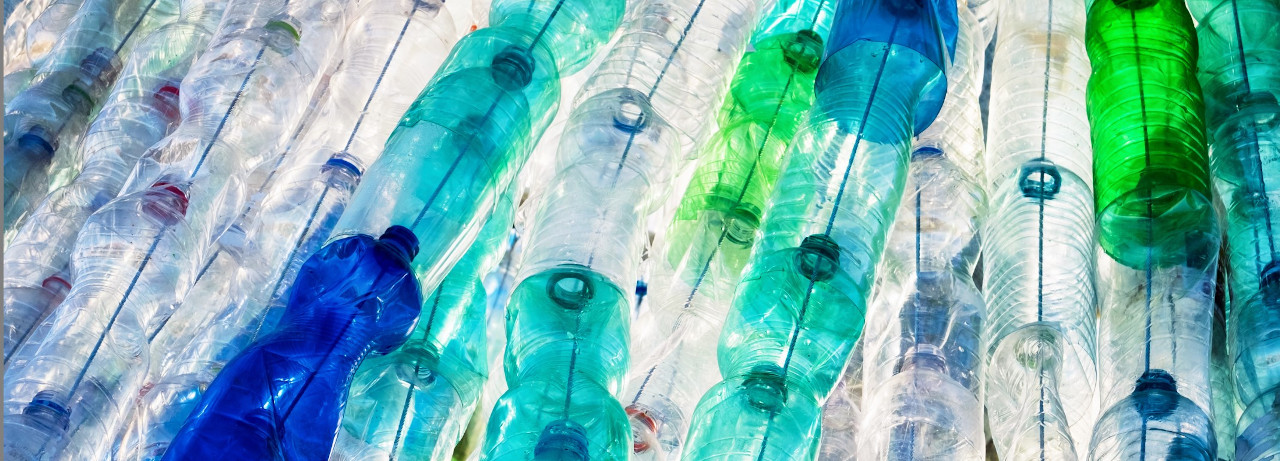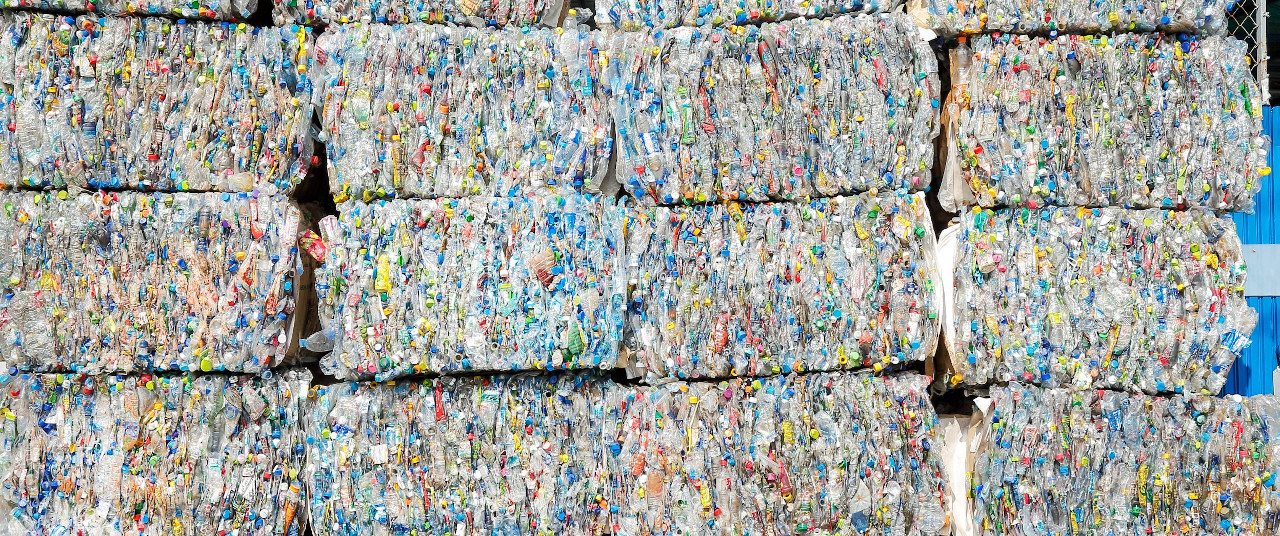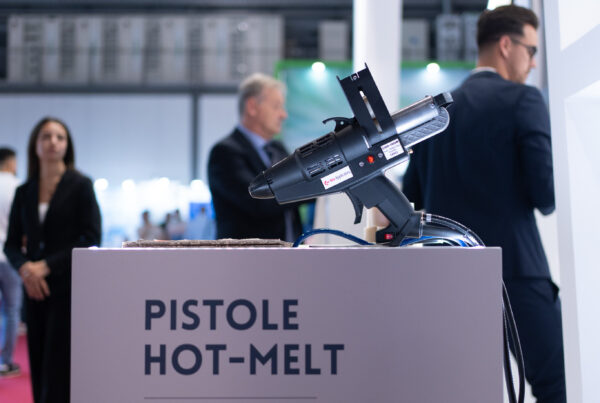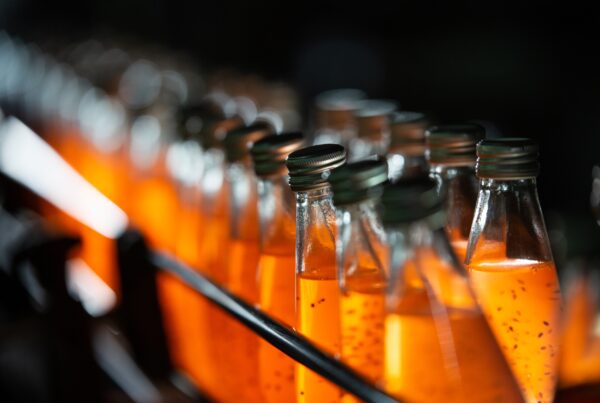
Sustainability in tomorrow’s packaging
Sustainability is now a key issue of concern to governments, businesses and the public around the world. With each passing month, we are introduced to new and innovative ways to be “greener.”
In our own small way, we can engage by using reusable water bottles, shopping with bags brought from home or choosing to buy products without packaging. On the corporate side, companies are switching from plastic to paper packaging, introducing vegan variants of their products and collaborating with other companies to form closed waste recycling loops. Companies are recognizing the change in consumer needs and behavior, as well as their own responsibility when it comes to the environment. The Telegraph reported that nearly half of British companies plan to increase their environment-related spending between now and summer 2021.
These changes in customer and business behavior place additional demands on the adhesives industry and deeper consideration in the choice of adhesive and its performance.

Packaging today
Packaging has a significant impact on the environment. And given the critical importance it plays, it is certainly an area that deserves special attention and consideration by the adhesives industry. According to the U.S. Environmental Protection Agency (EPA), food packaging materials and food itself make up nearly half of municipal solid waste. When it comes to the damage that human activity is doing to the planet, packaging waste is an important part of the problem. Fortunately, documentaries such as David Attenborough’s Blue Planet are helping to highlight this and encouraging people to increase their knowledge of the benefits of reusing and recycling packaging.
Recently, new terminologies such as “biodegradable,” “compostable,” and “bio-based” have emerged for both packaging materials and adhesives, but the knowledge behind these terms currently remains rather fuzzy on the part of the end user. It has become clear that consumers need more information about materials. Today, people are choosing to buy biodegradable packaged products over other forms of packaging because they have heard that it is better for the planet. However, at present disposal is not done in the best way, and even it can be said that potentially the harms gained outweigh the benefits. But we try to elaborate…
Biodegradable, compostable, and bio-based: what do they actually mean?
- Biodegradable: an object or substance is considered biodegradable when it is able to be decomposed by bacteria or other living organisms and thus avoid pollution. Technically, almost everything is biodegradable, however most things take hundreds of thousands of years to biodegrade, while “biodegradable products” are typically made from sustainable materials and plant by-products and decompose much faster. The problem with biodegradable products is that when they are sent to landfills, they are often buried, so the bacteria that promote decomposition cannot survive because of the lack of oxygen. As a result, these products decompose anaerobically (without oxygen), thus creating methane gas and promoting the greenhouse effect. Some landfills collect methane to create electricity (biogas plants), but most do not. It is therefore better to dispose of biodegradable products in a commercial compost heap or send them to a recycling plant.
- Compostable: to be considered compostable, industrial packaging must meet specific requirements set forth in European standard EN 13432. Compostable plastic, for example, must disintegrate after 12 weeks and completely biodegrade after six months. Compostable products are made from natural materials such as starch and decompose completely into compost (usually in an industrial composting facility with controlled conditions) without producing toxic residues. If disposed of properly, compostable items decompose completely and can be reused for cultivation.
- Bio-based: bio-based products are those derived from plants and other renewable agricultural, marine and forest materials. The USDA-certified organic product label that can be seen on many packaging items specifies the percentage of organic-based content.
While recyclable, compostable, biodegradable, returnable and reusable packaging are all considered viable forms of sustainable packaging, consumers and manufacturers are still often left wondering which is best for the planet, as each type has its pros and cons.

Plastic packaging and the environment
Although plastic packaging is often harshly criticized in the press, it too can be sustainable if used and managed in the right way. The process of repurposing used materials into something new keeps products out of landfills longer, and it is often forgotten that plastic production uses about half as much energy as alternative materials. Plastic is also a lightweight packaging medium, which means that less energy is required to transport goods packed in plastic. In fact, studies have shown that overall packaging consumption in terms of mass, energy and greenhouse gas emissions would increase if there were no plastic packaging available and only alternative materials were used.
The disadvantage of “standard” plastics (and even paper) is that they can be recycled only a few times before being considered unusable, while materials such as glass, metal, and aluminum can be recycled indefinitely. Although single-use plastic is now widely known to be dangerous to the environment, particularly to our oceans, plastic packaging is evolving. Today, compostable and biodegradable plastics and 100% recyclable plastic packaging can be found.
Companies often make “green changes” that turn out to be much more complicated than expected and demonstrate that very extensive research is needed to make informed choices.It is clearly a difficult time for packaging specialists and brand owners as they have to strike the right balance between the safety, convenience and sustainability of their products.
The packaging of tomorrow
Today’s consumers and companies are moving toward sustainable packaging, where the development and use of packaging will have to result in improved sustainability. This involves reviewing the entire life cycle of packaging, looking at its basic functions and utility provided to the consumer, from the supply chain to the end of its useful life. Adhesives will play a key role in this process.
The debate over which type of packaging is best for the environment is ongoing, but following an increase in the types of plastic packaging marketed as “biodegradable” or “compostable (household)”, FEICA (the European Association of the Adhesives and Sealants Industry ) has examined whether these types of packaging are actually beneficial in the context of the circular economy: the economic system aims to eliminate waste and reuse resources.
Through a report by Eunomia, FEICA concluded that: “At this stage the evidence is weak in favor of any particular agronomic benefit associated with compostable plastic material in compost or digestate. Some of the carbon in biodegradable plastics appears to be incorporated into biomass, but at least half is “lost” through CO2 emissions to the air. This leads to the conclusion that the choice of materials for products and packaging should prioritize recyclability over compostability.”
Both consumers and manufacturers are evidently becoming more aware of the environmental impact of the products they buy or manufacture. However, with no clear agreement on what is truly best for the future, experts are beginning to take sides and identify the reuse of bio-based products as a more stable and durable solution for a more sustainable long-term product supply. It is worth noting, however, that the sustainability debate is evolving rapidly and that today’s recommendation may be replaced by a different one in the future.

Reaching your green goals with Beardow Adams
Beardow Adams works independently and in partnership with companies to provide customers with greener packaging solutions.
We distribute vegan and high-organic adhesives, and our adhesives help create reusable and recyclable products. For example, we produce alkaline washable adhesives and adhesives for pallet stabilization. We offer our customers the opportunity to receive their orders in returnable paper bags or plastic pallets in order to achieve a closed recycling loop. The list of our most environmentally friendly products and services is constantly expanding.



